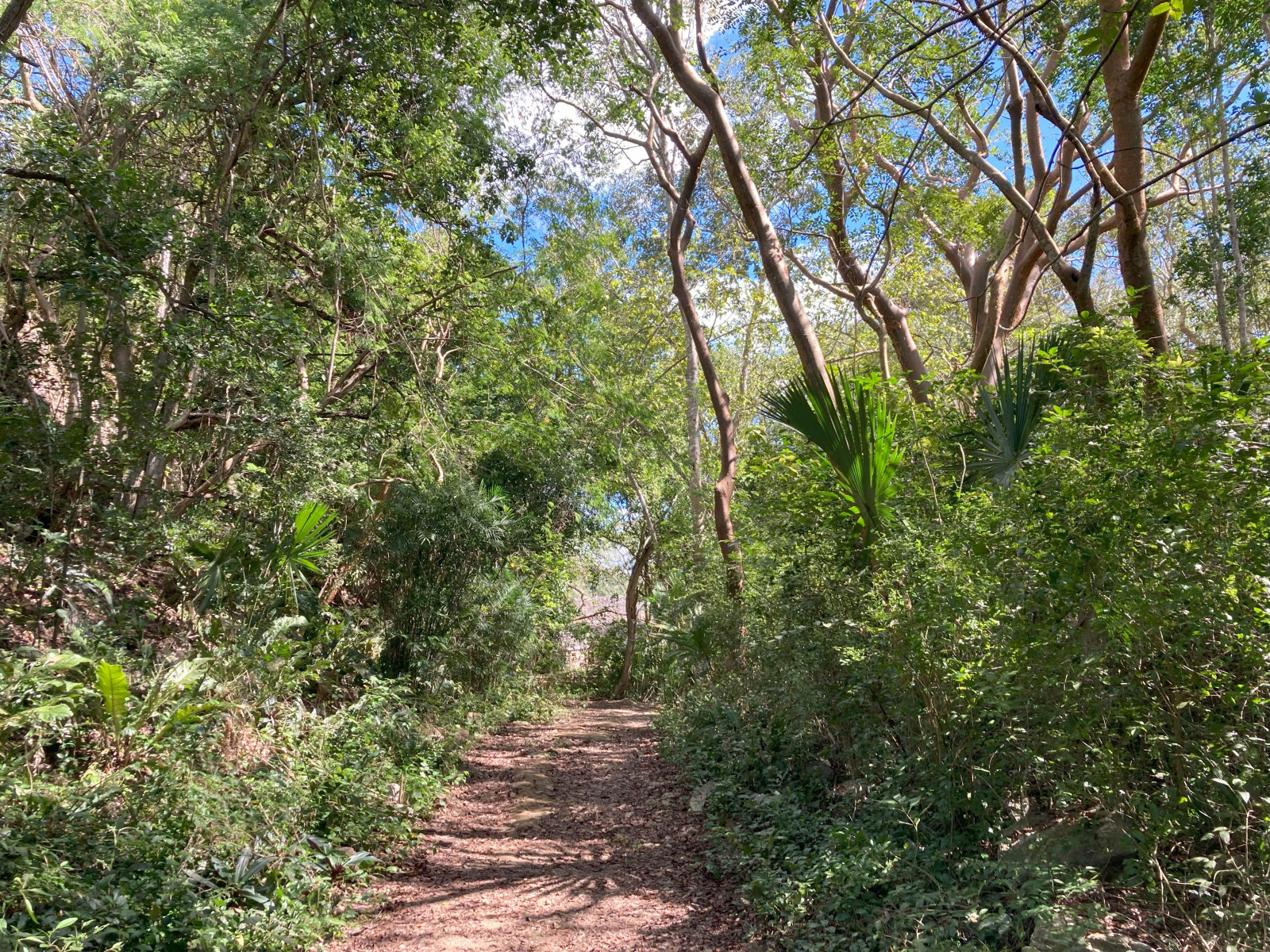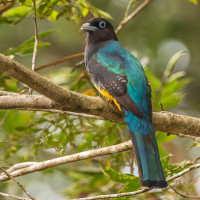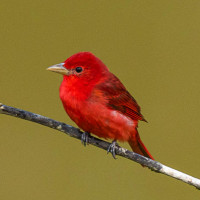Descripción
Ek Balam is an interesting and fairly recently discovered archaeological site on the Yucatan peninsula. The ruins are surrounded by an extensive lowland jungle. This ancient Maya city may not be as famous as the Chichen Itza archaeological site (56 km northeast), but the Mayan ruins of Ek Balam attract far fewer tourists, are much quieter and the birding is better. Looking out over the forest from the top of the temples and walking the quiet outer trails of the site, the birding is relaxed and rewarding. Especially the trails behind the highest temple were rich in birds (marked with stars on the map).
Among the birds you can encounter are in Ek Ballam are Yellow-backed Oriole, Yellow-tailed Oriole, Green Jay, Yucatan Jay, Lesson's Motmot, Turquoise-browed Motmot, Yucatan Woodpecker, Rufous-browed Peppershrike, Rose-throated Becard, Northern Rough-winged Swallow, Summer Tanager, Tennessee Warbler and Indigo Bunting.
Detalles
Accesso
Ek Balam lies in the northern Maya lowlands, 25 kilometres north of Valladolid and 56 kilometres northeast of Chichen Itza. If you are driving down to Ek Balam signs are really clear and it is easy to get to it. Click on the P in the map for directions or coordinates to the parking lot. The ruins of Ek Balam and their approach road are bordered by good forest habitat and are well worth a look, especially early in the morning before most of the tourists arrive. The gates of the archaeological site open at 8.00. At the entrance road you first have to register. Then drive on 7 km to the parking and pay for parking (100 pesos in 2024) at the parking lot. And then buy tickets and pay a local tax (about 600 pesos in 2024) at the entrance gate. In the entrance building there are toilets and you can buy water and some small snacks.
Terreno y habitat
Bosque , Árboles y arbustos dispersosCondiciones
Plano , Paisaje abiertoCamino circular
Sí¿Se necesita telescopio?
NoBuena época para el avistamiento de aves
Todo el añoMejor momento para visitar
Primavera , InviernoRuta
Camino anchoCamino difícil de andar
FácilAccesible vía
A pieEscondite de observación / plataforma
NoInformación extra
Photo Ek Balam by Pavel Vorobiev, CC BY-SA 3.0, https://creativecommons.org/licenses/by-sa/3.0, via Wikimedia Commons


